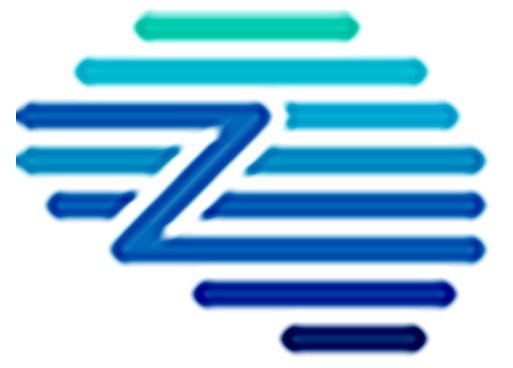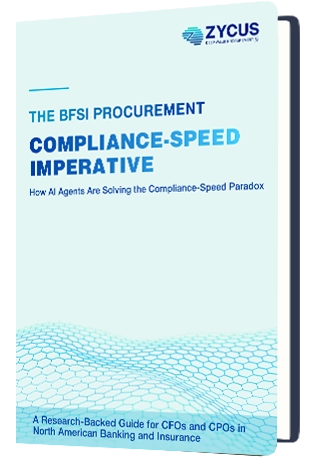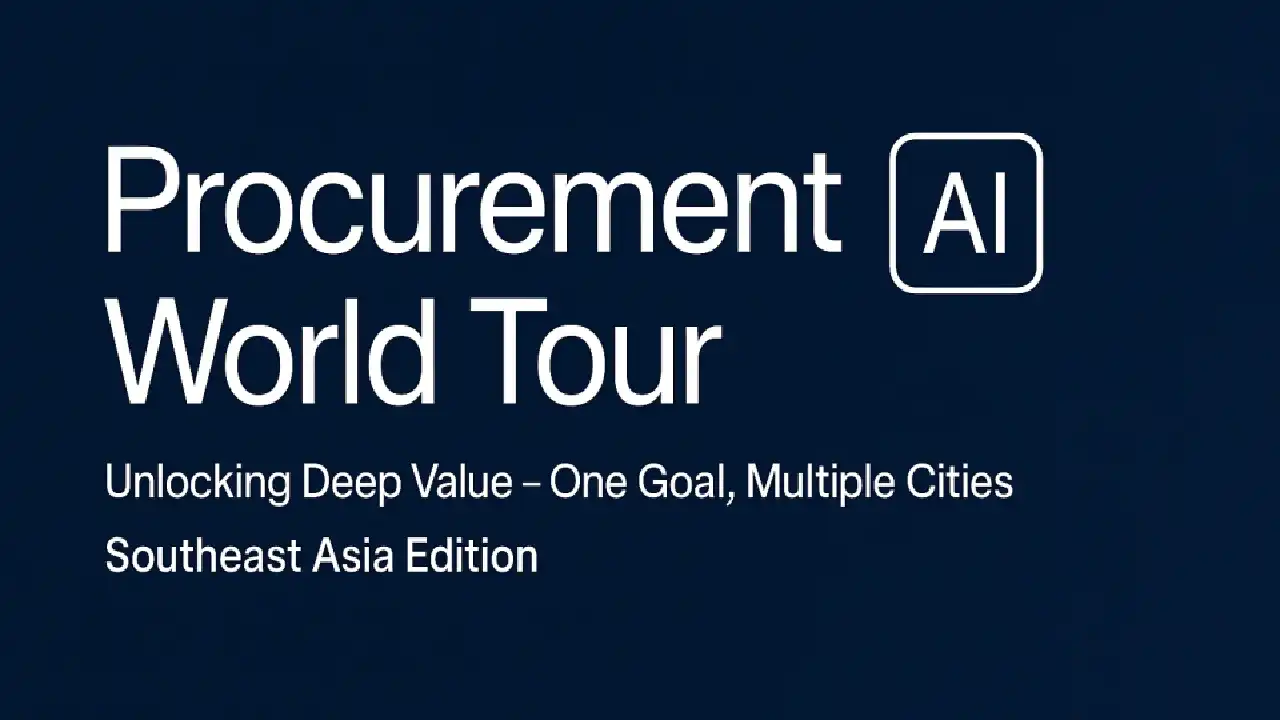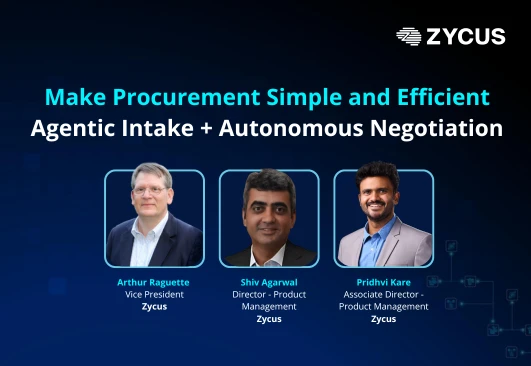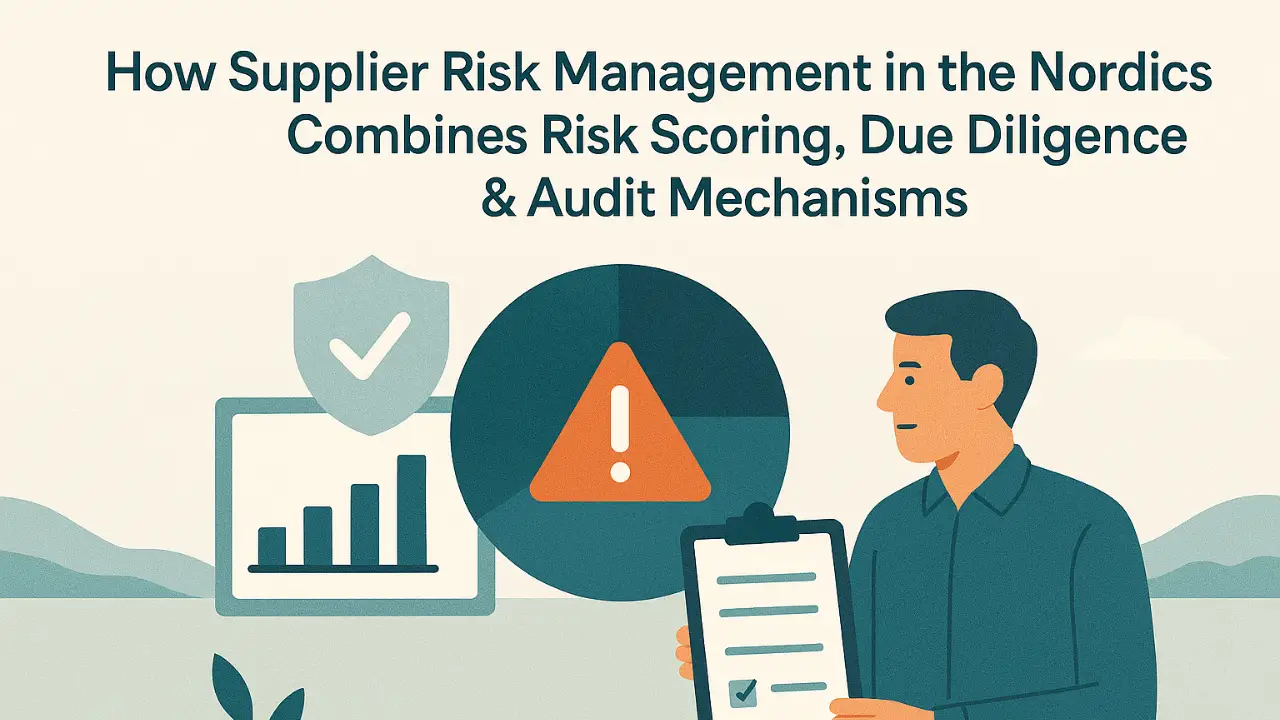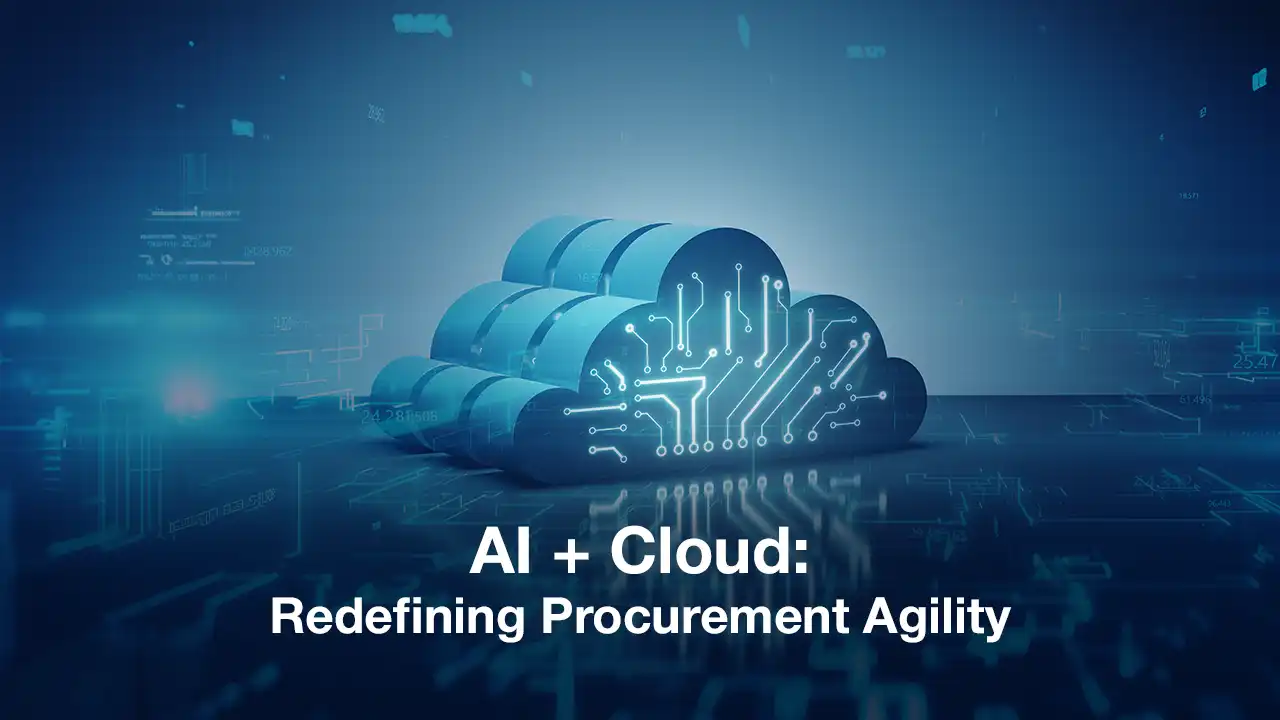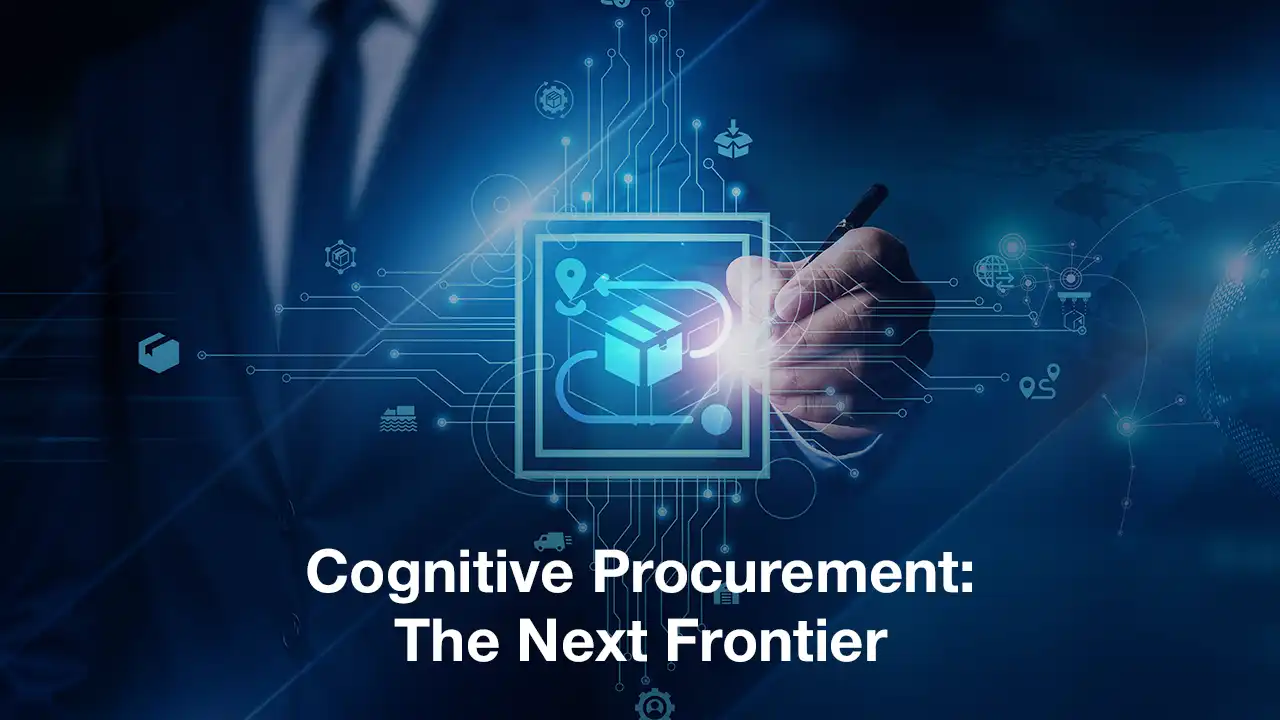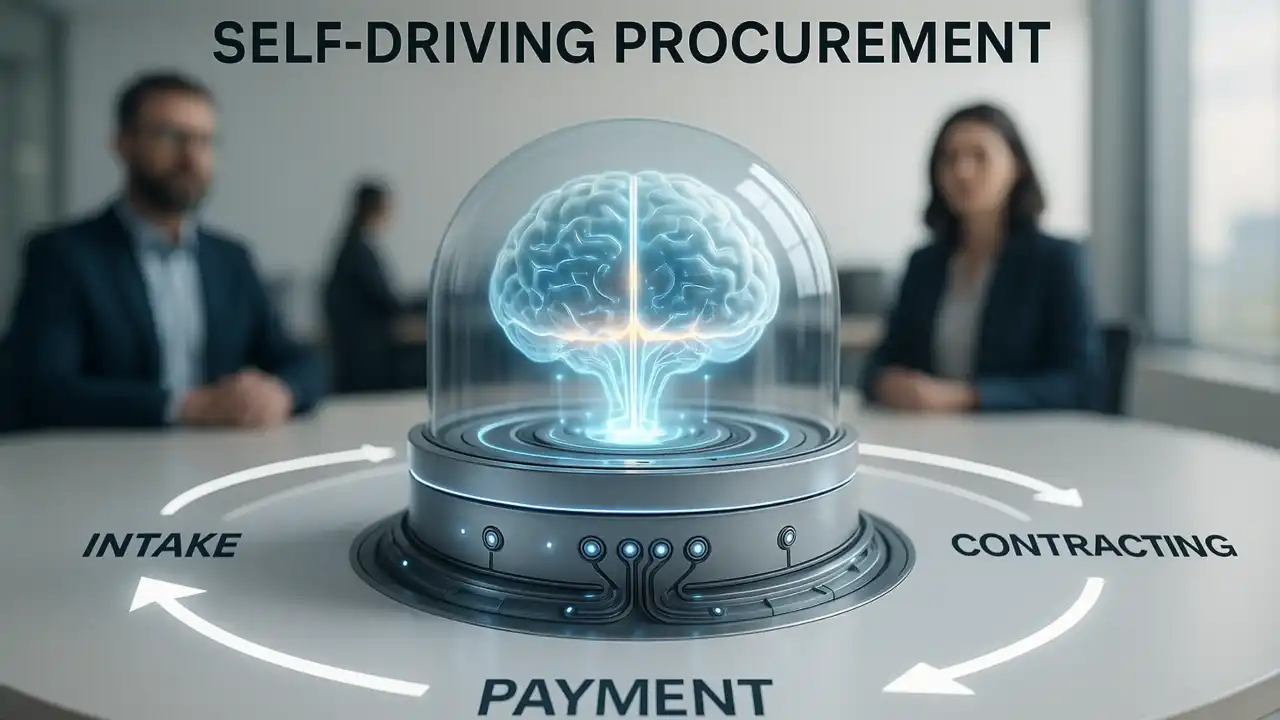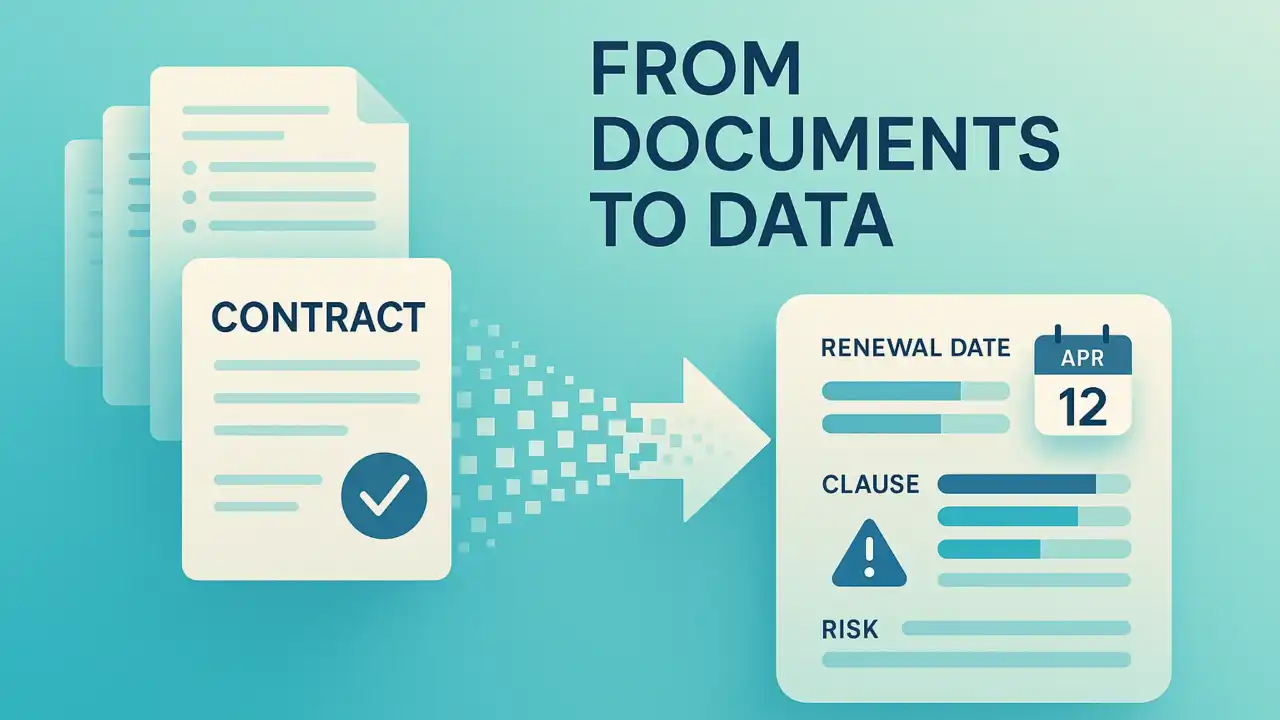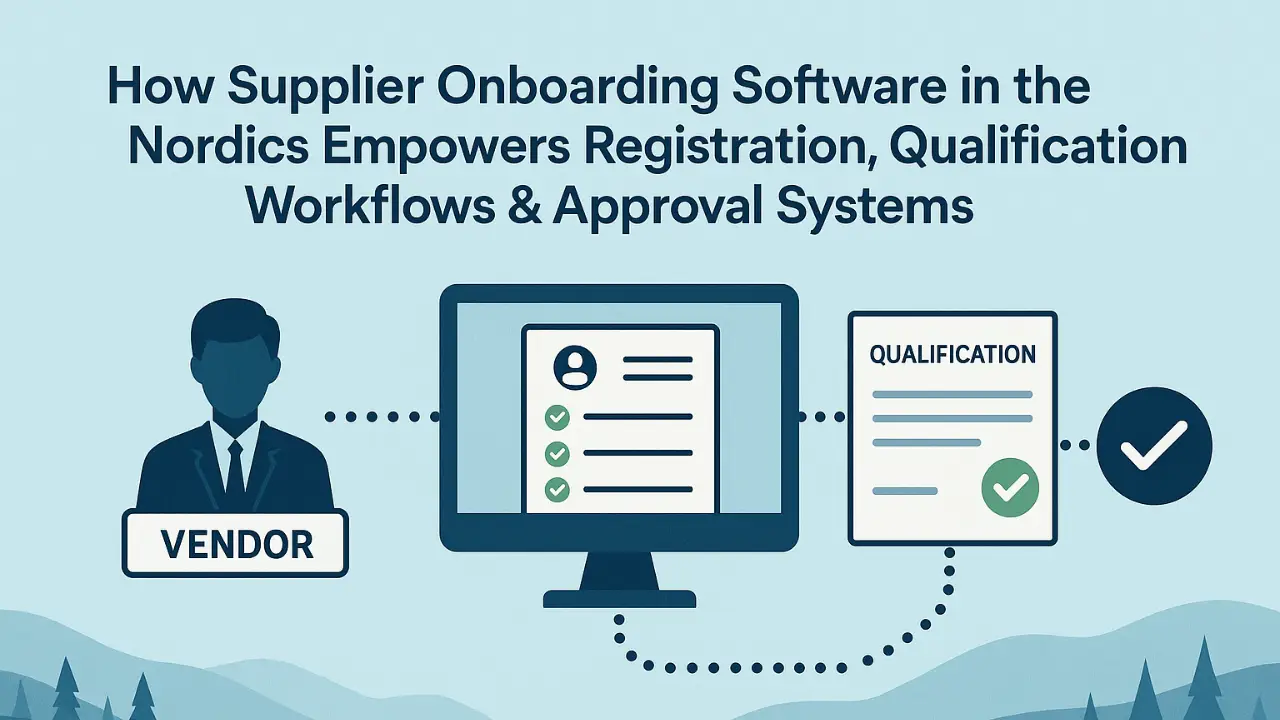Key Takeaways
- AI Procurement Tour Southeast Asia 2025 shows Agentic AI adoption happening now across organizations through internal development and pilot programs
- Intelligent intake management integrated with Microsoft Teams eliminates learning curves while ensuring contract compliance
- Autonomous negotiation agents address tail spend challenges with human-in-the-loop oversight
- Real-time compliance orchestration becomes feasible through integrated S2P suite architecture rather than standalone tools
Having participated in the World AI Procurement Tour across three major Southeast Asian markets—Malaysia (August 19), Singapore (August 20), and Bangkok (August 26)—I witnessed firsthand how senior procurement leaders are navigating the most significant transformation their function has seen in decades. What struck me most wasn’t just the enthusiasm for AI, but the practical, results-driven conversations about how Agentic AI is already reshaping procurement operations today. Across all three cities, I observed that every organization was actively experimenting with Agentic AI in their own unique ways—some building solutions internally, others exploring various tools and platforms, and many running pilot programs. This widespread experimentation reinforced my conviction that Agentic AI isn’t a future concept waiting to arrive; it’s already here, and procurement leaders are actively implementing it right now.
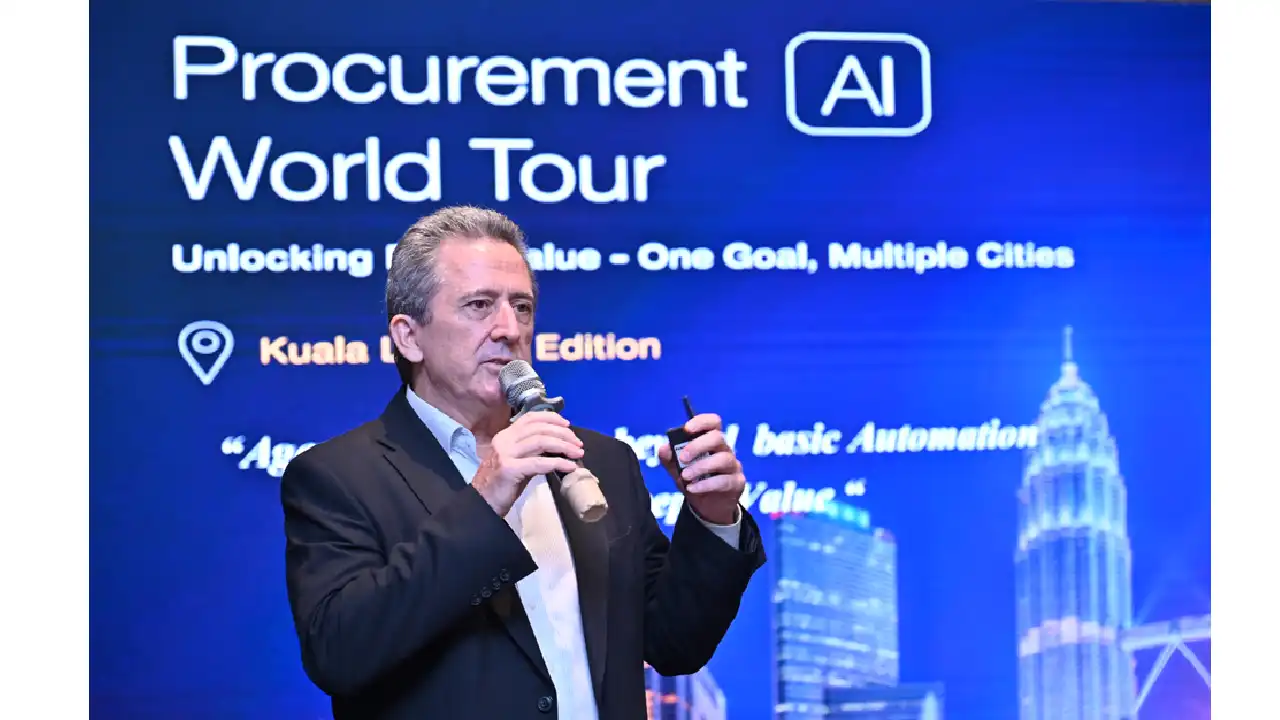
Understanding Agentic AI: Beyond Traditional Procurement Automation
One moment that particularly stood out to me occurred when we asked the room: “How many of you really understand what exactly is Agentic AI in procurement?” The responses revealed that given the rapidly evolving nature of AI technology, there was still some need for clarification about the distinctions between different types of AI. This led to an important presentation that I found invaluable from Carl, who is the Vice President – Asia Pacific, Japan & ME at Zycus.
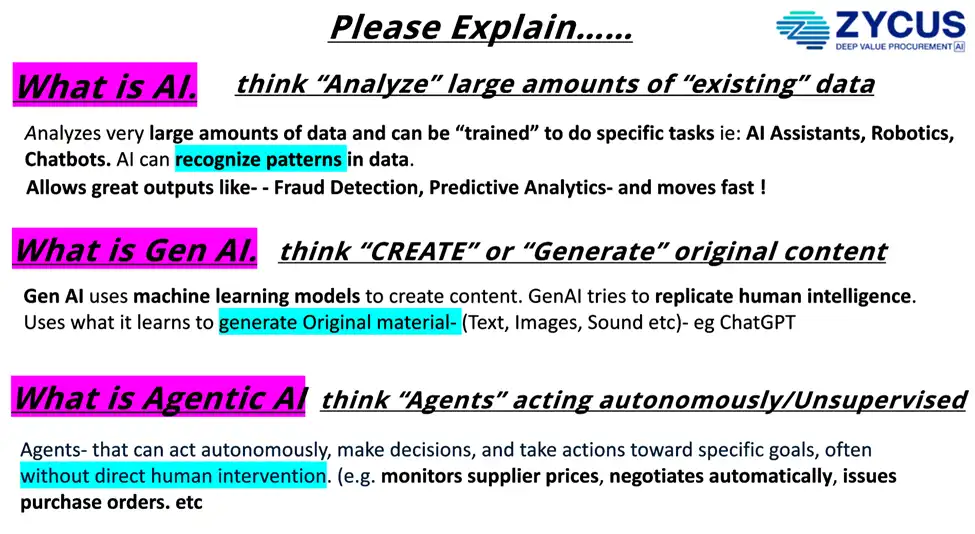
What is Agentic AI in Procurement?
Traditional AI (think “Analyze” large amounts of “existing” data): As I learned, this analyzes very large amounts of data and can be “trained” to do specific tasks like AI Assistants, Robotics, and Chatbots. AI recognizes patterns in data and allows great outputs like fraud detection and predictive analytics—and moves fast.
Generative AI (think “CREATE” or “Generate” original content): Gen AI uses machine learning models to create content. GenAI tries to replicate human intelligence, using what it learns to generate original material like text, images, and sound—ChatGPT being a prime example.
Agentic AI (think “Agents” acting autonomously/unsupervised): This is where I witnessed the real transformation. These are agents that can act autonomously, make decisions, and take actions toward specific goals, often without direct human intervention. In procurement terms, I observed examples like monitoring supplier prices, negotiating automatically, and issuing purchase orders.
This clarification helped me understand why what I was witnessing represented such a fundamental shift from traditional procurement automation. While traditional systems require human oversight for decision-making, I saw demonstrations of autonomous intelligence that can analyze, decide, and act independently within defined parameters.
What impressed me most was seeing procurement teams who had moved from reactive problem-solving to proactive value creation. These AI agents weren’t just following predetermined workflows—they were evaluating multiple variables simultaneously, considering context, learning from outcomes, and making nuanced decisions that adapted to changing circumstances.
Read more: AI Agents in Procurement: A Comprehensive Guide
How Intelligent Intake Management Transforms User Experience
One of the most compelling discussions I participated in across all three markets focused on transforming procurement intake through AI agents. The emphasis on “business user delight” while ensuring contract compliance and savings capture addressed what I’ve long observed as a fundamental procurement challenge.
The Procurement Compliance Challenge
Non-procurement professionals often find traditional procurement processes cumbersome, leading to maverick spending, compliance violations, and missed savings opportunities. As per ARDENT PARTNERS’ PROCUREMENT METRICS THAT MATTER IN 2025, only 62% of spend is contract compliant which means that for every Non-Compliant Purchase, organizations pay 18% more.
How AI-Powered Intake Management Works
During the live demonstrations by Tanvi, Solutions Consultant at Zycus, I witnessed how these systems fundamentally change the user experience:
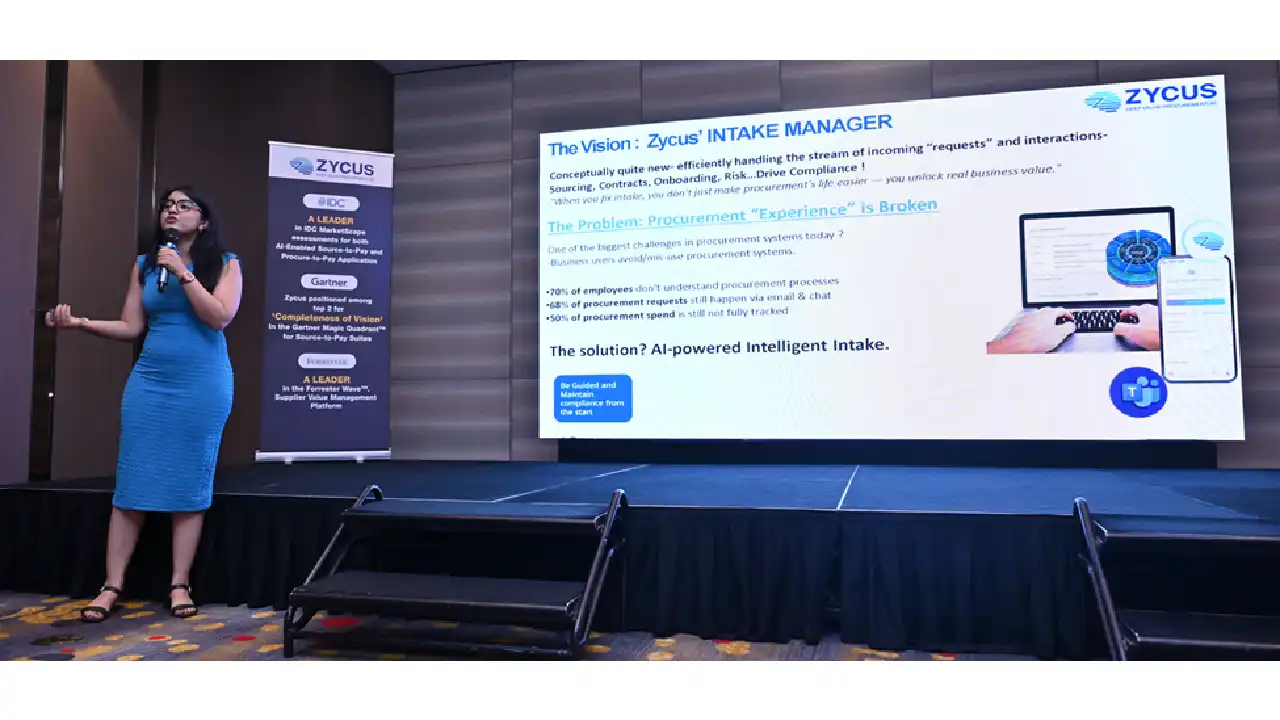
- Conversational Procurement: I watched users interact with AI agents using natural language, describing their needs without understanding complex procurement terminology. What impressed me most was seeing this happen directly within Microsoft Teams—the platform already widely used by many organizations—which eliminates the learning curve and avoids forcing users to navigate to a separate procurement platform. The agent seamlessly translated these requirements into proper procurement specifications.
- Real-Time Compliance Orchestration: What impressed me most was seeing the system simultaneously check against existing contracts, budgets, policies, and regulatory requirements as users described their needs. Non-compliant requests were flagged instantly with suggested alternatives. While there are many standalone tools for intake management, I learned that Zycus’ intake management is directly integrated within the entire S2P suite, which makes this real-time compliance orchestration feasible. One question that many attendees asked was whether they could use Zycus’ intake management as a bolt-on to the procurement software they’re currently using. While theoretically it is feasible, I observed that the advantages of a built-in intake management system with the complete S2P suite makes the bolt-on approach less compelling.
- Automated Savings Capture: I observed the agent identified existing contracted vendors along with their delivery timelines and available discounts, while also recommending suppliers based on their past performance. What particularly impressed me was how the system compared these options against the additional time and cost that would be required to purchase the same product from a non-contracted vendor.
What I Observed: Widespread Appreciation for Intake Management
The intake management functionality was widely appreciated across all three cities, and its ability to be customized to each organization’s specific procurement policies and rules made it truly a personalized intake management tool designed to delight business users.
Autonomous Negotiation: Transforming Tail Spend Management
Perhaps the most transformative concept I encountered during the Southeast Asian tour was autonomous negotiation agents. I was initially skeptical, but what I witnessed changed my perspective entirely. These systems are particularly powerful for managing tail spend—those numerous, small-value purchases that I’ve always seen consume disproportionate resources.
Why Tail Spend Management Matters
In my experience across the diverse Southeast Asian business environment, tail spend typically represents 80% of procurement transactions but receives minimal negotiation attention due to resource constraints. I’ve seen this challenge amplified by varying supplier capabilities and market conditions across the region.
Read more: The Silent 20%: Why Tail Spend Is Procurement’s Hidden Goldmine
How Autonomous Negotiation Agents Operate
- Market Intelligence Integration: I observed systems continuously monitoring pricing data, supplier performance metrics, market conditions, and competitive benchmarks to establish optimal negotiation parameters for every transaction.
- Dynamic Negotiation Strategy: What fascinated me was watching the agent adapt its negotiation approach in real-time based on supplier profiles, historical interactions, and current market conditions, employing different tactics for different supplier types.
- Multi-Variable Optimization: Beyond price, I saw the system negotiate payment terms, delivery schedules, quality standards, and service levels, optimizing total value rather than focusing solely on cost reduction.
- Relationship-Aware Decision Making: I was impressed by how the agent considered long-term supplier relationships, strategic importance, and future business potential when making negotiation decisions.
Attendee Reactions: Appreciation Mixed with Natural Skepticism
Most of the attendees appreciated the Negotiation Agent but were skeptical about its ability to negotiate better than humans. This is a natural reaction when any new technique or tool is introduced. The importance of maintaining human-in-the-loop oversight helped address their concerns until we see these agents consistently delivering on their promises.
My Conclusion: The Autonomous Procurement Imperative
My participation in conversations with procurement leaders across Malaysia, Singapore, and Thailand has convinced me that Agentic AI in procurement has moved beyond experimental technology to become a competitive necessity. From what I’ve observed, organizations that delay adoption risk falling significantly behind competitors who are already capturing substantial value.
In my experience, the technology exists today to transform procurement from a traditionally reactive, process-heavy function into a proactive, strategic value creator. The question I’ve been asking procurement leaders isn’t whether AI will reshape their function—it’s whether they’ll lead this transformation or be forced to catch up later.
From my observations, success requires commitment to comprehensive transformation rather than piecemeal automation. The organizations I’ve seen achieving the greatest benefits are those that reimagine their entire procurement approach around intelligent agents while maintaining focus on strategic value creation.
Based on my participation in this tour, I’m convinced the roadmap is clear, the technology is proven, and the competitive advantages are substantial. The procurement leaders I’ve met who begin their AI transformation journey now will establish advantages that become increasingly difficult for competitors to overcome.
From my perspective, the autonomous procurement future isn’t coming—it’s here. Having witnessed these transformations firsthand, I believe the only question is whether your organization will capture its benefits or watch others gain unrecoverable competitive advantages.
Ready to Transform Your Procurement with Agentic AI?
Ready to join the procurement leaders already implementing Agentic AI? Schedule your demo to see live demonstrations of the same intelligent intake management and autonomous negotiation capabilities that impressed organizations across Southeast Asia.
Discover how our integrated S2P suite can help your organization achieve:
- 40-60% reduction in procurement cycle times
- 95%+ contract compliance rates
- 15-25% additional savings capture
- Seamless user experience within Microsoft Teams
FAQs
Q1. What makes Agentic AI different from traditional procurement automation?
Traditional procurement automation follows predefined rules and workflows, requiring human oversight for decisions. Agentic AI agents can analyze context, learn from outcomes, and make autonomous decisions within defined parameters without constant human intervention.
Q2. How does AI-powered intake management improve compliance?
AI agents check requests against existing contracts, budgets, and policies in real-time as users describe their needs. This immediate validation prevents non-compliant purchases before they occur, compared to traditional post-purchase auditing.
Q3. Can autonomous negotiation agents really negotiate better than humans?
While there’s natural skepticism about this capability, the agents excel at processing vast amounts of market data, supplier performance history, and contract terms simultaneously. They’re particularly effective for high-volume, low-value transactions where human negotiators lack the time to optimize each deal.
Q4. Should we use intake management as a bolt-on solution or integrated within our existing procurement platform?
While intake management can theoretically work as a bolt-on to existing systems, integrated solutions within a complete S2P suite offer significant advantages. Integration enables real-time compliance checking against contracts, budgets, and policies, plus seamless data flow across the entire procurement process. Bolt-on solutions often create data silos and require additional integration work.
Q5. What role does Microsoft Teams integration play in AI-powered procurement?
Integrating procurement AI directly into Microsoft Teams eliminates the learning curve for business users since they’re already familiar with the platform. Users can make procurement requests using natural language without leaving their daily work environment, dramatically improving adoption rates and user satisfaction.
Related Reads:
- The Agentic AI Advantage: Unlocking Deep Value in APAC’s AI-Driven Future
- Unlocking Efficiency: The Advantages of E-Procurement Solutions in the APAC Region
- 4 Asia-Pacific Case Studies of Successful Procurement Transformation
- How to Become a Great CPO: Lessons from Southeast Asia’s Procurement Leaders (Part 4)
- Enabling Procurement Innovation: Zycus’ Footprint in Southeast Asia
- eBook: CPONext 2025: Top 30 SEA Procurement Leaders to Watch Out For
- Supplier Relationship Management Strategies for Asia Pacific Organizations

